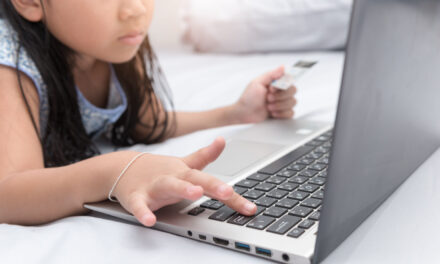
How to Reduce Debt
Excessive debt not only keeps individuals from realizing their long-term financial dreams, but too much debt can also cause a range of health issues, from stress and anxiety to high blood pressure and depressed immune system functioning.
To view the full article please register below:
How to Reduce Debt
Excessive debt not only keeps individuals from realizing their long-term financial dreams, but too much debt can also cause a range of health issues, from stress and anxiety to high blood pressure and depressed immune system functioning.
More importantly, it’s hard to be happy under the weight of indebtedness.
Reduce Your Debt Now
There are several approaches to reducing outstanding debt.
- One approach is the Snowball method, which focuses on paying off the smallest debt first while paying the minimum on other debts. This approach is designed to get debtors quick wins and provide the motivation to continue debt reduction efforts. After the first smallest debt is erased, move onto next smallest debt to pay off, snowballing the funds from the previous debt and combining with the current, for a larger payment amount.
- Another approach is the Avalanche method. This strategy prioritizes paying off debt with the highest interest rate, while paying the minimum on other debts. By paying the highest interest debt first, it minimizes interest payments and accelerates debt reduction. When the highest interest debt is paid off, move to next highest interest rate debt to prioritize payments. This is smartest financial approach of all.
- A third way of reducing debt is the Credit Utilization method, which prioritizes paying down debt with the highest credit utilization, i.e., credit cards closest to the maximum permitted borrowing limit. This may have the benefit of improving an individual’s credit score, but may not be the most financially efficient approach.
There are other tactical steps debtors can use to wind down their debt, regardless of the method they employ.
One is take advantage of promotional zero-interest balance transfers to reduce interest payments on outstanding debt. This will provide short-term relief (typically six to 12 months) that will allow faster retirement of other debt. This tactic only works if the short reprieve is not used to add new debt.
Another tactic is debt consolidation, which involves combining multiple high-interest debts into a single lower-interest loan (e.g., a home equity loan). This will help reduce monthly payments and lower interest costs, but it may extend the repayment period. This has the potential of increasing interest payments and debt over time. To avoid that, implement a disciplined repayment plan to retire the consolidated loan in the shortest time possible.
Finally, budgeting can turbo-charge debt retirement by finding ways to cut spending and directing those savings to paying off debt. Finding part-time work or a side hustle is a great way to earn additional money for retiring debt faster and moving onto the path of wealth accumulation.
For some, getting debt under control seems too high a hill to climb. In such cases, individuals should reach out to their financial professional, and access resources such as the National Foundation for Credit Counseling or Financial Counseling Association of America.
Please reference disclosures at: https://blog.americanportfolios.com/disclosures/












